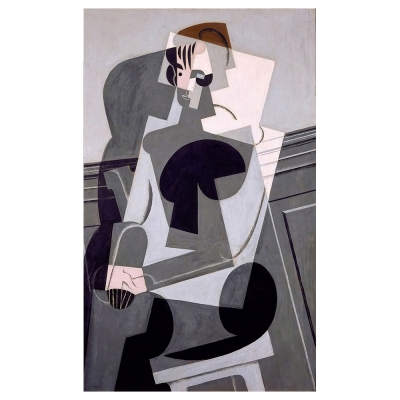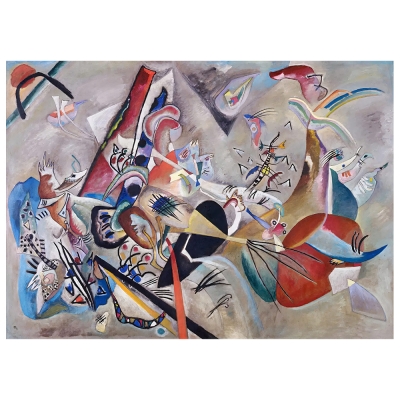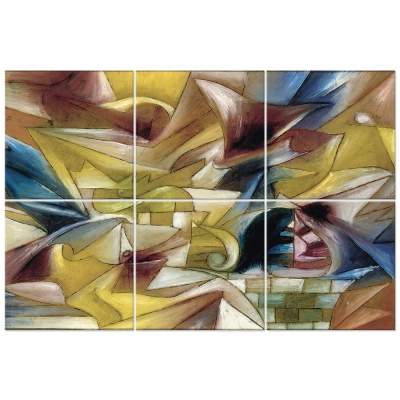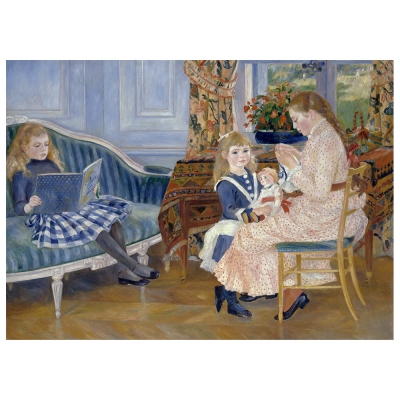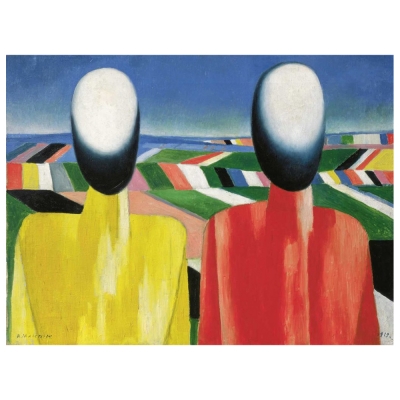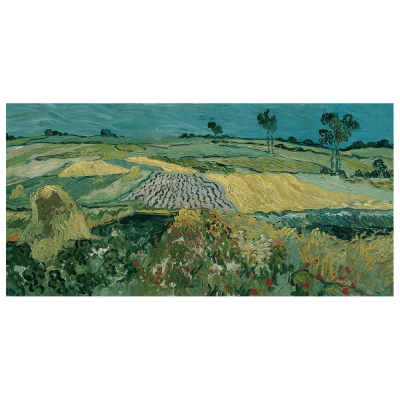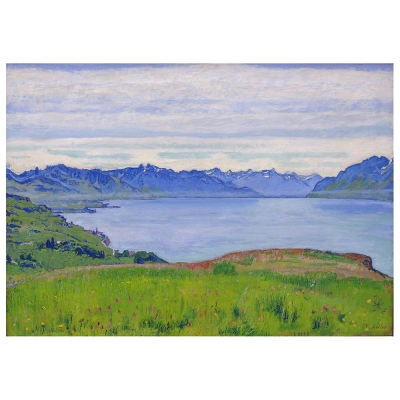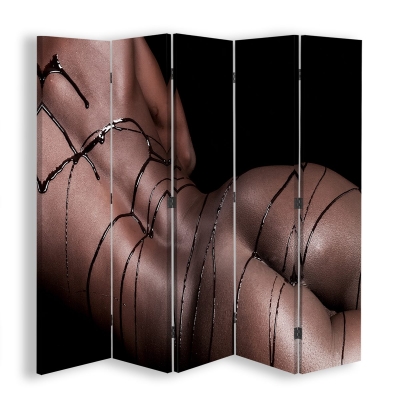Paul Cézanne, the painter with an introverted character

29/05/2020
One of the most famous impressionists and one of the precursors of Cubism was Paul Cézanne, a very talented artist known for his introverted character. While the other impressionist colleagues were very curious, sociable, and attended the Parisian circles of the time which were characterised by considerable ferment and excesses, Paul almost always lived in his native Aix-en-Provence.
Of well-off origins, Cézanne was known both for his talent and for his introverted, grumpy, and enigmatic character. Unlike the other impressionists, he preferred to spend a lot of time alone, often immersed in his artistic studies, which opened the doors to one of the most important movements of the 20th century: Cubism.
He believed that colour was a unique and specific tool for each painter
Unlike his other impressionist colleagues, Paul Cézanne did not create his paintings by focusing on perspective, chiaroscuro, or other classical drawing techniques, but he believed that everything painted should flow into colour. He had a particular curiosity towards the analysis of geometric shapes of everything around him and his desire was to represent space and shapes in a rational way. In fact, his painting technique was unique and through his works we can see the particular relationship he had with colours. In his canvases the artist did not mix the colours, but painted overlaying the colours, therefore, before spreading another shade, he waited for the colour underneath to dry.
The cylinder, the sphere, and the cone
According to Paul Cézanne, any form of reality could be traced back to only three geometric shapes: the sphere, the cylinder, and the cone. In each of Cézanne's works these three elements can be found and, as he was obsessed with "volumes", the painter represented objects from various points of view.
However, although Paul Cézanne was one of the greatest exponents of Impressionism and a forerunner of Cubism, he never gained any recognition in life, even though he had exhibited his works several times. It was only in 1904, two years after his death, that an entire room was reserved for the artist's works at the Salon d'Automne.
The self-portrait landscape of Paul Cézanne
Always committed to improving his painting technique, Cézanne has anticipated the times through his works and among his most curious and surprising works there is "La montagne Sainte-Victorie vue des Lauves", a painting that apparently looks like a "simple" landscape, but which is actually a much more complex work. Looking closely at the painting you can see that it is a very elaborate work, in which the artist has also portrayed himself, in addition to painting the landscape that can be seen at first glance.
This painting is the fruit of his work, which has lasted many years, it is the result of his research. Among the branches of the trees in the painting and in the mountains, you can see the features of the painter's face: the beard, the nostrils, the eyes, etc. Basically, in this painting the artist humanizes nature and the subject becomes an object.
Article by: Aurora Caraman

